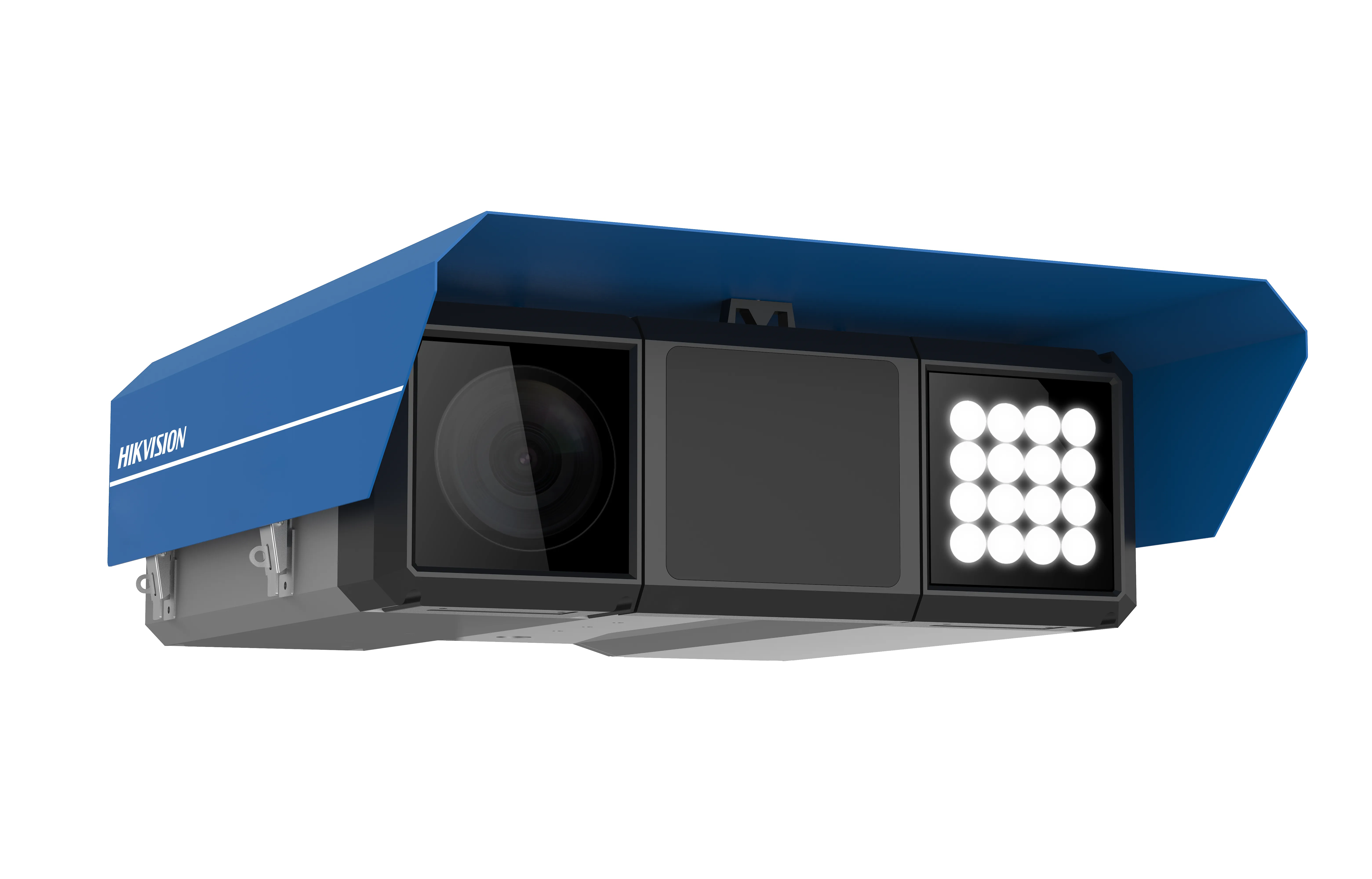Navtech Radar has launched a sensor to complement its ClearWay solution and provide automatic incident detection (AID) coverage in highways and tunnels for 175m in both directions. Phil Avery, the company’s managing director, claims that the solution is ideal for applications where line of sight is limited. Called CTS175, the solution features Clearview’s AID solution and can be used for traffic applications, including roads, tunnels and bridges. The company says that a choice of two sensors gives maximum f
July 20, 2018
Read time: 1 min











